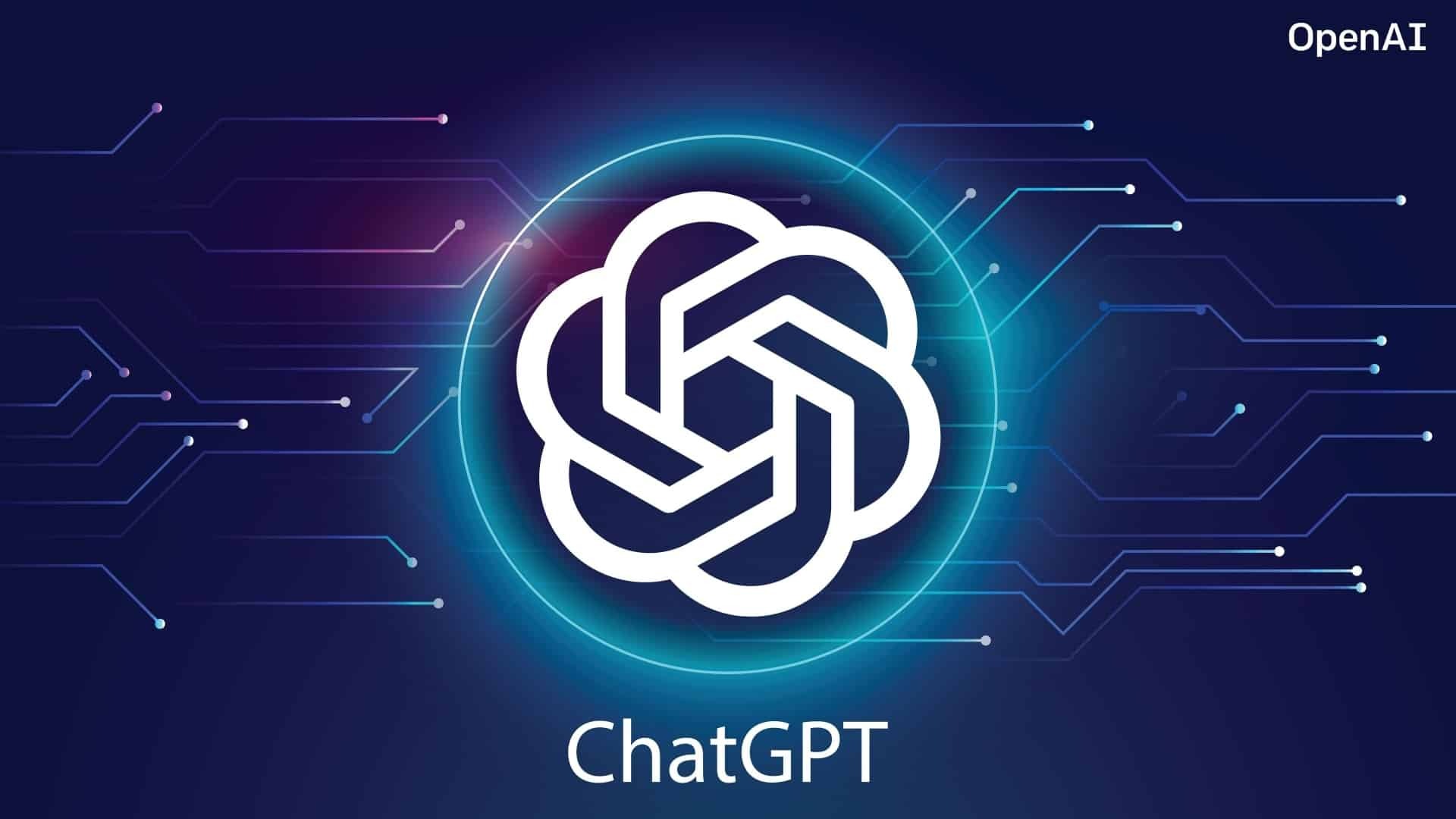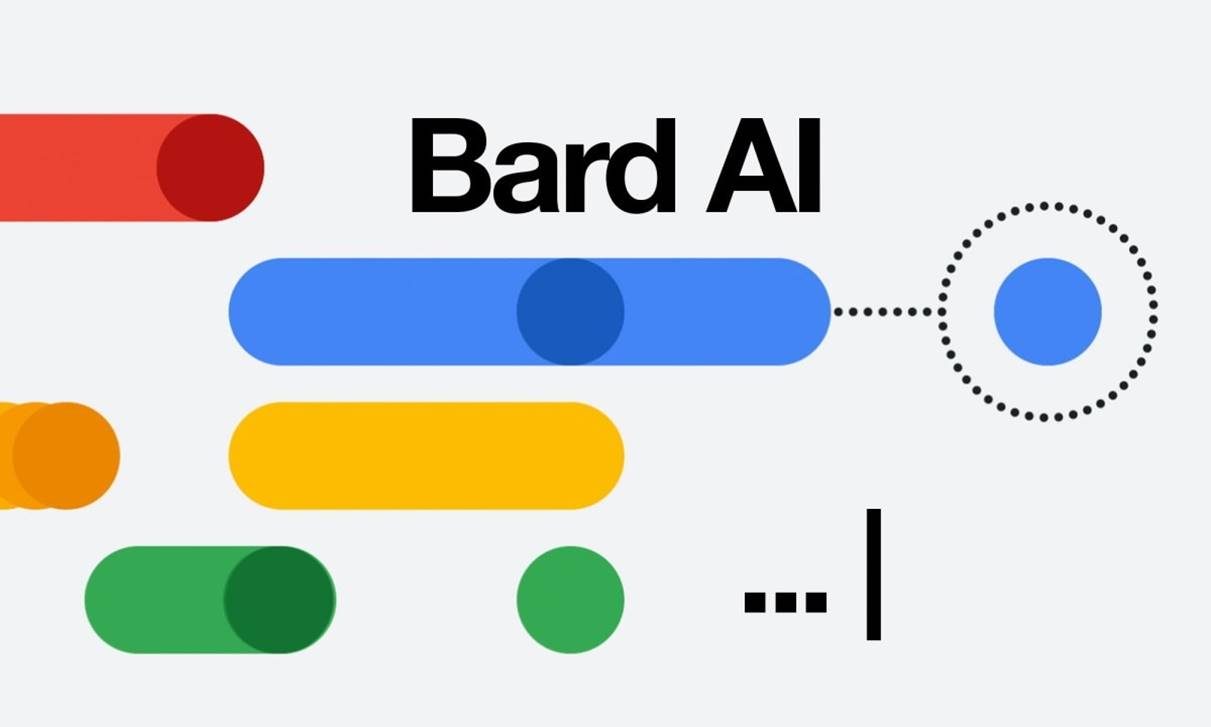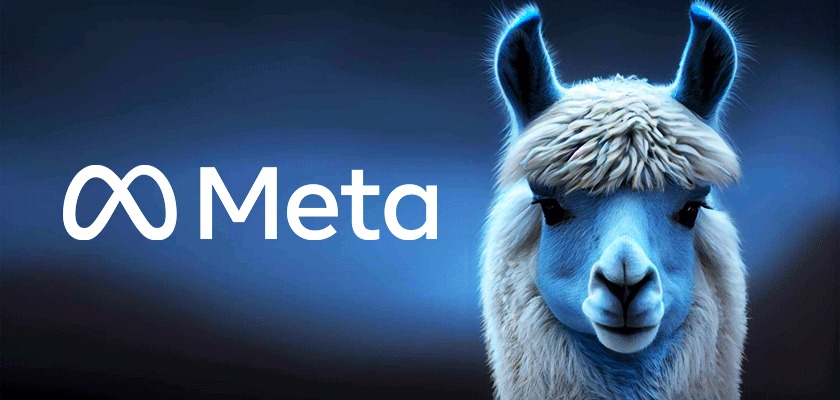In the rapidly evolving world of artificial intelligence, Large Language Models (LLMs) stand as towering achievements, reshaping our interaction with technology. From answering complex queries to generating human-like text, these models have become pivotal in various sectors.
Among the plethora of LLMs, seven have notably distinguished themselves, each offering unique capabilities and setting new benchmarks in AI. Let’s call these the magnificent seven – ChatGPT, Claude, Bard, Bloom, Cohere, LlaMA, and Orca.
The evolution and impact of Large Language Models
Large Language Models (LLMs) have significantly evolved since their inception, marking a new era in the field of artificial intelligence. Initially, these models were basic, limited to simple text predictions and analyses. However, as technology advanced, so did their capabilities, gradually transforming them into sophisticated tools capable of understanding and generating complex human-like text.
This evolution has had a profound impact on various industries, ranging from healthcare to finance. LLMs now assist in diagnosing diseases, optimizing investment strategies, and even in creative fields like writing and art.
This overview of large language models captures the essence of their journey and significance. From their humble beginnings to their current status as pivotal tools in technology, LLMs continue to redefine the boundaries of artificial intelligence and its application in everyday life.
1. ChatGPT: Pioneering conversational AI

ChatGPT, developed by OpenAI, has been a trailblazer in the realm of conversational AI. This model, built upon the powerful GPT architecture, excels in generating human-like text, making it ideal for a wide range of applications including customer service, content creation, and even tutoring. Its ability to understand context and nuances in language sets it apart, offering a more natural and engaging user experience.
What truly distinguishes ChatGPT is its continuous learning ability. Through interactions, it refines its responses, becoming more accurate and relevant over time. This adaptability has positioned ChatGPT not just as a tool, but as a dynamic participant in conversations, revolutionizing the way we interact with AI.
2. Claude: The new contender in AI conversation

Claude, introduced by Anthropic, emerges as a new contender in the AI conversation landscape, challenging the dominance of established models. Designed to prioritize user intent and ethical guidelines, Claude stands out for its focus on safety and alignment with human values. This approach ensures that interactions are not only informative but also adhere to ethical standards, addressing a crucial concern in AI development.
In terms of technical prowess, Claude exhibits remarkable conversational abilities, showcasing a deep understanding of context and a nuanced approach to generating responses. Its design aims to minimize harmful outputs and biases, making it a reliable and trustworthy partner in various AI-driven applications.
3. Bard: Google’s answer to AI language processing

Bard, Google’s foray into the realm of AI language processing, represents a significant milestone in the tech giant’s AI journey. Leveraging Google’s vast data resources and advanced AI algorithms, Bard is designed to provide accurate and contextually relevant responses. Its integration with Google’s search engine and other services enhances its capability to pull real-time data and information, offering a comprehensive and up-to-date conversational experience.
What sets Bard apart is its seamless integration into Google’s ecosystem, allowing for a more cohesive and user-friendly AI experience across various platforms. This integration enables Bard to utilize a wide range of data sources, thereby enriching its responses and making it an indispensable tool for information retrieval and decision-making in the digital age.
4. Bloom: Opening new horizons in language understanding
Bloom represents a leap forward in language understanding, developed by an international coalition of AI researchers. This model stands out for its multilingual capabilities, supporting an impressive array of over 60 languages. Bloom’s design prioritizes inclusivity and accessibility, allowing for a broader range of users to benefit from advanced AI technology. Its proficiency in diverse languages not only bridges communication gaps but also fosters cross-cultural understanding.
Bloom’s strength lies in its deep learning algorithms, which enable it to grasp the nuances and complexities of different languages with remarkable precision. This allows Bloom to deliver highly accurate translations, content creation, and data analysis, making it a versatile tool in global communication and research fields.
5. Cohere: Revolutionizing text analysis with AI
Cohere stands as a revolutionary force in AI-driven text analysis, distinguished by its advanced natural language understanding capabilities. Developed with a focus on machine learning models that can interpret, generate, and classify text, Cohere offers unparalleled efficiency in processing large volumes of data. Its powerful algorithms are capable of discerning patterns and insights that are often imperceptible to humans, making it an invaluable asset in data analysis.
The versatility of Cohere is evident in its wide range of applications, from sentiment analysis in customer feedback to trend prediction in market research. Its ability to quickly and accurately analyze text data transforms the way businesses and researchers understand and utilize information.
6. LlaMA: The underdog of language models

LlaMA, often regarded as the underdog in the world of language models, has carved a niche for itself with its unique attributes. Developed by Meta AI, this model is designed to operate efficiently even on lower computational resources, making it accessible to a wider range of users and developers. This democratization of AI technology is a significant stride towards inclusive and widespread adoption.
Despite its smaller size compared to giants like GPT or BERT, LlaMA demonstrates impressive performance in understanding and generating human-like text. Its agility and lower resource demand do not compromise its effectiveness, making it a preferred choice for developers looking for a balance between performance and resource utilization.
7. Orca: Navigating the depths of linguistic intelligence
Orca, a relatively new entrant in the field of large language models, distinguishes itself with its deep linguistic intelligence. Developed with a focus on understanding and generating complex, nuanced text, Orca excels in tasks that require a high level of language proficiency. This includes sophisticated dialogue systems, advanced content creation, and intricate text analysis. Its ability to navigate the subtleties of language sets it apart in the AI landscape.
The model’s strength lies in its deep learning architecture, which allows for a nuanced understanding of context, sentiment, and syntax. Orca’s proficiency in these areas makes it a powerful tool for industries requiring high-level language processing, such as legal, academic, and literary fields.
Comparing features and capabilities across models
Comparing the features and capabilities of the seven prominent large language models reveals a diverse landscape of AI innovation. ChatGPT, with its conversational prowess, excels in generating coherent and contextually relevant dialogues. It’s particularly effective for applications requiring interactive communication. Claude, on the other hand, focuses on safety and ethical guidelines, ensuring responsible and user-aligned interactions.
Bard leverages Google’s vast data resources, offering real-time information retrieval, which is pivotal for applications demanding up-to-date knowledge. Bloom’s multilingual capabilities enable it to serve a global user base, making it a key player in international communications. Its ability to handle over 60 languages with precision is unmatched.
Cohere, with its advanced text analysis, shines in extracting insights and patterns from large datasets, ideal for market research and sentiment analysis. LlaMA, despite its smaller size, provides a balance between performance and resource efficiency, suitable for environments with limited computational capacity. Orca, with its deep linguistic intelligence, is adept at handling complex language tasks, fitting for legal, academic, and literary applications.
Each model has its unique strengths, and the choice depends on the specific requirements of the task at hand, whether it’s real-time information, ethical alignment, multilingual support, efficient data analysis, resource efficiency, or deep linguistic understanding.
Ethical considerations and the future of AI language models
The rapid advancement of AI language models brings forth pressing ethical considerations. Issues like data privacy, bias in AI algorithms, and the impact on employment are at the forefront. Ensuring that these models are developed and used responsibly is crucial to prevent unintended consequences, such as the amplification of biases or the infringement of privacy rights.
Looking ahead, the future of AI large language models seems poised for further breakthroughs, with potential advancements in personalization, ethical alignment, and more nuanced understanding of human language. However, balancing innovation with ethical responsibility will be key to harnessing the full potential of these models while safeguarding societal values and norms.
